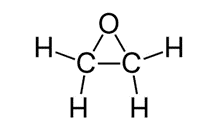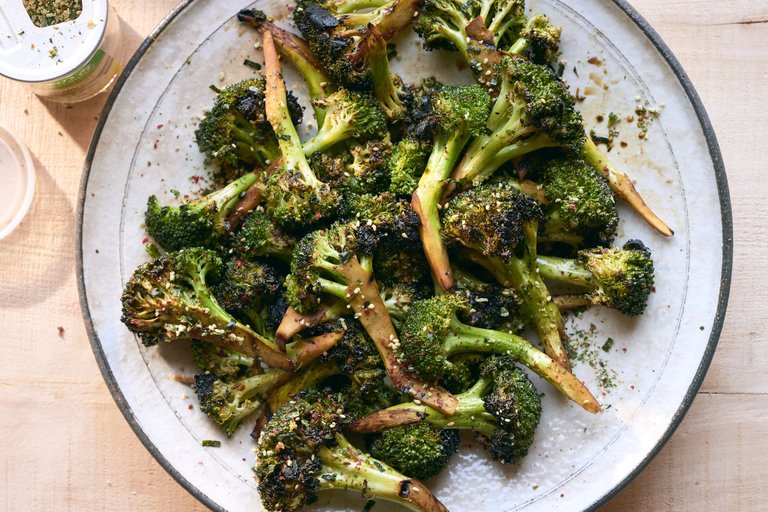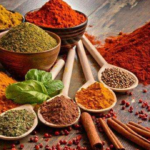Currently Empty: ₹0.00
Ethylene Oxide: The ongoing saga
By now all of us are convinced that Ethylene Oxide should not be there in the food. If you are still looking for references, do check out The International Agency for Research on Cancer (IARC) which classifies ethylene oxide as a Group 1 carcinogen. The United States Environmental Protection Agency (US EPA) has also classified ethylene oxide as carcinogenic to humans, with supporting evidence of mutagenicity. The European Union has classified ethylene oxide as a Category 1B mutagen, 1B carcinogen, and 1B toxic compound for reproduction.
Where is Ethylene oxide being used?
Ethylene oxide is a fumigant that inhibits microbial growth on dried foods. Its small size allows it to penetrate effectively, inhibiting bacteria, fungi, and viruses. Some of the dried products that use ethylene oxide include spices, nuts, oilseeds, dried fruits and vegetables, herbs, botanicals, dietary supplements (such as capsules and tablets), dried dairy products, andinfant formula. Below are the details on what each region says about the usage of EtO for various categories and products.
India
According to the Spice Board, Ethylene Oxide (EtO) is subject to mandatory testing for export consignments of spices and spice products. A Health Certificate/Official Certificate for Ethylene Oxide is also required. Since there are no specific limits set for EtO, it may be assumed that the MRL is 0.01 PPM as per the discussion held by FSSAI with the spice industry representatives.
European Union (EU) & Northern Ireland (UK):
Ethylene oxide has been banned in the EU as a fumigant and pesticide since 1991 but has increased in testing since 2020. The maximum residue levels (MRLs) vary based on the commodity but are typically set at the level of quantification (LOQ). The MRL for food supplements in the EU is set at 0.1 ppm, including capsules used in supplement formulations.
United states of America:
The United States Environmental Protection Agency (US-EPA) has established tolerance levels for ethylene oxide on food in the country. These levels are reported as either ethylene oxide or 2-chloroethanol, separately or as a sum. According to 40 CFR 180.151, the table below outlines the detection limits for ethylene oxide in various commodities.
| Commodity | Parts Per Million |
| Herbs and Spices, dried except Basil | 940 |
| Licorice roots | 940 |
| Peppermint tops dried | 940 |
| Sesame Seeds | 940 |
| Spearmint tops dried | 940 |
| Vegetable dried | 940 |
Australia:
Before 2003, ethylene oxide was allowed as a pesticide treatment for herbs and spices sold in Australia, with a limit of 20 mg/kg defined in the Food Standards Code. However, due to concerns from consumers from, the standard was modified in 2003 to ban the use of ethylene oxide.
If there are any specific clarifications on the use of EtO, you may please email them to fssai@foodsafetyworks.com








